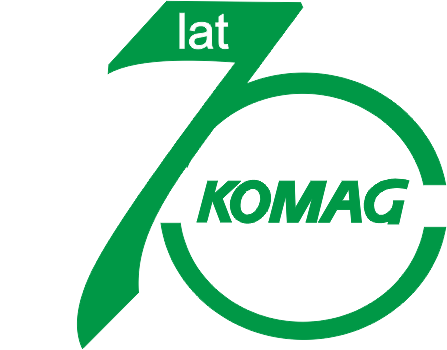Underground storage of dangerous wastes in Poland as a challenge to environmental engineering
Kłeczek Z., Zeljaś D.
S u m m a r y
Now in Poland there is an urgent need of neutralization of more than 6 000 parts of uranium fuel (HLW) burned in reactors and 5 000 m3 of middle- (ILW) and low- (LLW) active wastes. Within the next ten years, more than 300 000 m3 of radioactive wastes and about 106 Mg of other dangerous wastes (per year) can appear, depending on development of the nuclear power engineering. Taking into account experiences of the West Europe countries and USA in handling with dangerous wastes, their processing and neutralization by the underground storage is the only safe and legally allowed method. In the light of these facts consideration of the possibility of building an underground waste storage in Poland is the actual challenge for the environmental engineering. The paper proved that a salt deposit in the Lubinsko-Glogowski Copper District (LGOM) satisfies all the criteria necessary to develop an underground dump for dangerous wastes there.


